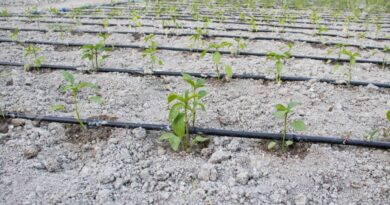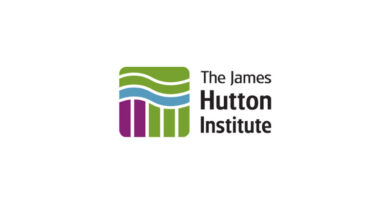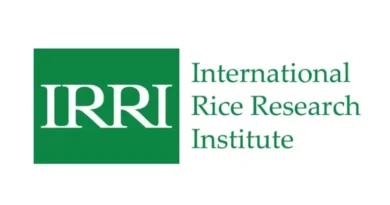Kenya: Floods Expose Decades of Corruption, Poor Urban Planning and Bad Land Management
08 May 2024, Kenya: Floods in Kenya killed at least 169 people in March and April 2024. The most catastrophic of these deaths occurred after a flash flood swept through a rural village, killing 42 people. Death and destruction have also occurred in the capital, Nairobi, a stark reminder of the persistent failure to keep abreast of the city’s rapid urbanization needs.
Are floods in Kenya causing more damage? If so, why?
Floods are the natural consequence of storm rainfall and have an important ecological role. They inundate flood plains where silt settles, riverbed aquifers are recharged, and nutrients are gathered. Annual rainfall in Kenya varies from 2,000mm in the western region to less than 250mm in the drylands, covering over 80 percent of the country. But storm rainfalls are widespread. This means that floods can occur in any part of the country.
The impact of floods has become more severe due to a number of factors.
The first is how much water runs off. In rural areas, changes to the landscape have meant that there’s been an increase in the amount of storm runoff generated from rainfall. This is because the natural state of the land has been altered through settlement, roads, deforestation, livestock grazing, and cultivation. As a result, a greater proportion of rainfall runs off. This runoff is more rapid and erosive, and less water infiltrates to replenish groundwater stores.
The East African Flood Model, a standard drainage design tool, demonstrates that by reducing a forested catchment into a field for livestock pasture, for instance, the peak flood magnitude can increase 20-fold. This form of catchment degradation leads to landslides, dams can breach, and road culverts and irrigation intakes are regularly washed away.
Land degradation in sub-Saharan rangelands is omnipresent, with over 90 percent of rangeland degradation reported in Kenya’s northern drylands. Kenyan research has recorded dramatic increases in stormwater runoff due to overgrazing.
Second, human pressure in urban areas – including encroachment into riparian zones and loss of natural flood storage buffers through the destruction of wetlands – has increased flood risks. Riparian zones are areas bordering rivers and other bodies of water.
By 2050, half of Kenya’s population will live in urban areas and green space is progressively being filled with buildings and pavements. A large proportion of the urban population lives in tin-roofed slums and informal settlements lacking adequate drainage infrastructure. As a result, almost all of the storm rainfall is translated into rapid and sometimes catastrophic flooding.
Third, flood risks are worse for people who have settled in vacant land, which is often in low-lying areas and within flood plains. Inundation by flood waters is inevitable in these areas.
Fourth, Nairobi’s persistent water supply shortages have led to a proliferation of boreholes whose over-abstraction has resulted in a dramatic decline in the underground water table’s levels. This leads to aquifer compression, which is compounded by the weight of buildings. The result is ground-level subsidence, which creates low spots where stormwater floods collect.
What should be done to minimize the risks?
Rural areas require a different set of solutions. Due to land use pressures, natural watercourses throughout Kenya are being scoured out by larger floods. These watercourses are expanding, and riparian vegetation cover is disappearing. The flood plains need space to regenerate the natural vegetation cover, as this attenuates floods, reducing the force of runoff and erosion.
There are existing laws to protect riverbanks, and livestock movements in these areas must also be controlled. Any building or informal settlement within riparian areas is illegal and would otherwise be exposed to the dangers of floods. Enforcement is a challenge, however, as these areas are favored by human activities, and often, these people are among the poorest.
Urban areas have a host of particular challenges that need to be addressed.
Take Nairobi, Kenya’s capital city. Corruption hinders the physical planning process. Inappropriate and unsafe developments proliferate alongside inadequate water supply, wastewater, and solid waste disposal infrastructure. Sewage effluent is often discharged into stormwater drains, even in high-class areas of the city. And there is little control of development in the growing urban centers bordering Nairobi, with transport corridors being congested. Throughout the country, laws that protect riparian zones are flouted.
None of this is sustainable. Each municipality is obliged to provide infrastructure that includes an effective engineered stormwater drainage network. In parallel, wastewater and solid waste must be separately managed.
The typical stormwater drainage network comprises adequately sized earth and lined channels, pipes, and culverts that convey stormwater to the nearest watercourse. Constant maintenance is essential, especially before the onset of rains, to avoid blockage by garbage and other human activities.
Modern-day urban flood mitigation measures include the provision of flood storage basins. Unfortunately, this is impossible in Nairobi, where developments are built right up to the edge of watercourses. Constrained channels thereby cause upstream flooding as there is nowhere else for the water to go.
Attempts have been made to reverse urban riparian zone encroachments, but these efforts faltered due to legal repercussions. To this day, unscrupulous developers encroach with impunity.
The authorities must demarcate riparian boundaries and set aside buffer zones that cannot be “developed.”
Also Read: BASF Launches New Insecticide Efficon With Axalion Active Introduced Under IRAC Group 36
(For Latest Agriculture News & Updates, follow Krishak Jagat on Google News)















